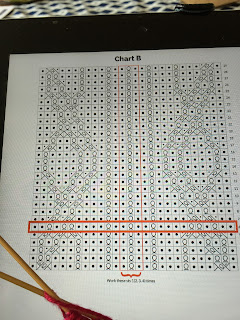I've always had a fascination with colors and their meanings. Did you know--what color you wear or display presents your personality? Or your feelings? Or your station in life?
Today I spend some time on BLUE
Spinning Blue makes me Blue!
"
On Being Blue" is a book about everything
blue--sex and sleaze and sadness, among other things--and about everything else. It brings us the world in a word as only William H. Gass, among contemporary American writers, can do.
Gass writes:
"Of the colors,
blue and green have the greatest emotional range. Sad reds and melancholy yellows are difficult to turn up. Among the ancient elements,
blue occurs everywhere: in ice and water, in the flame as purely as in the flower, overhead and inside caves, covering fruit and oozing out of clay. Although green enlivens the earth and mixes in the ocean, and we find it, copperish, in fire; green air, green skies, are rare. Gray and brown are widely distributed, but there are no joyful swatches of either, or any of exuberant black, sullen pink, or acquiescent orange.
Blue is therefore most suitable as the color of interior life. Whether slick light sharp high bright thin quick sour new and cool or low deep sweet dark soft slow smooth heavy old and warm: blue moves easily among them all, and all profoundly qualify our states of feeling."
Blue Skies, Blue Flowers, Blue is resting to the eyes but how do you see Blue?
Human eyes perceive
blue when observing light with a wavelength between 450 and 495 nanometers.
Blues with a higher frequency and thus a shorter wavelength gradually look more violet, while those with a lower frequency and a longer wavelength gradually appear more green. Pure
blue, in the middle, has a wavelength of 470 nanometers. When sunlight passes through the atmosphere, the
blue wavelengths are scattered more widely by the
oxygen and
nitrogen molecules, and more
blue comes to our eyes.
Does that make sense?

Early mankind had no access to
blue, because
blue is not what you call an earth color,” said Dr. Berke, a chemist who has studied the history of
blue pigment. “You don’t find it in the soil.” Only with the advent of mining, he said, could sources of
blue pigment be extracted.
blue was the first man-made pigment -- the first pigment ever engineered. And the word for blue didn’t come into existence until after this material was made by man. there are almost no blue animals, blue eyes are rare, and blue flowers are mostly human creations.
This is so much science about BLUE--it's a really an interesting subject to study.























